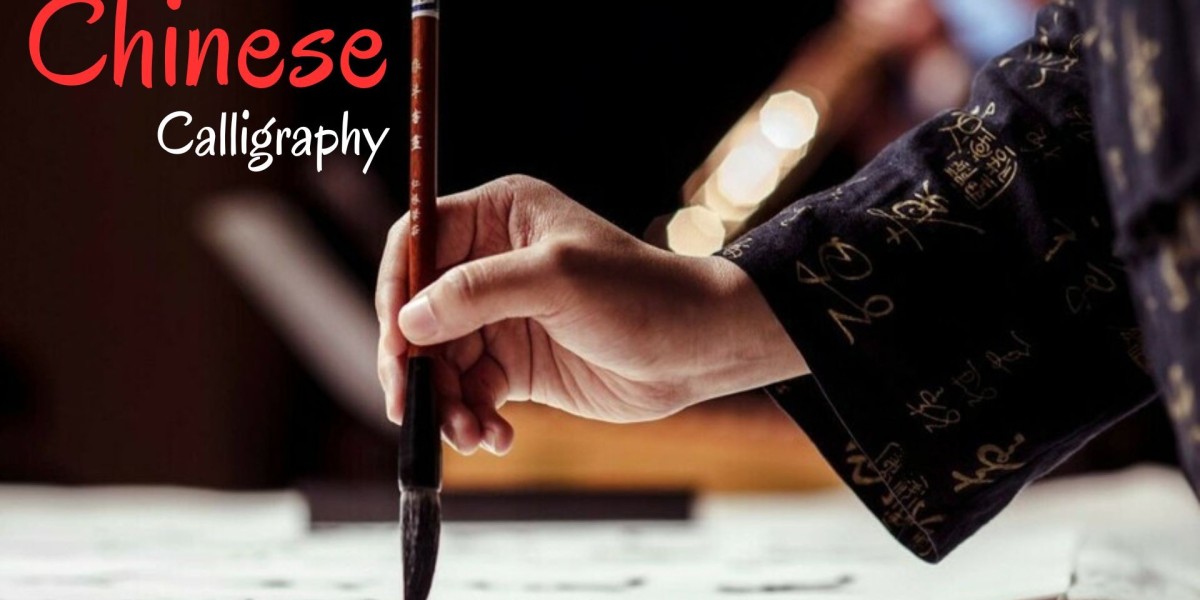Chinese calligraphy (书法, Shūfǎ) is not just a method of writing; it is a revered art form that combines aesthetics, philosophy, and cultural heritage. It has evolved over millennia, encapsulating the essence of Chinese culture through its visual beauty and expressive power. Here’s an overview of the significance and characteristics of Chinese calligraphy.
Key Aspects of Chinese Calligraphy
1. Cultural Significance
- Historical Roots: Calligraphy has ancient origins in China, tracing back over 3,000 years. It reflects the evolution of the Chinese language and writing system.
- Symbol of Education: Mastery of calligraphy has long been associated with scholarship and moral integrity, serving as a measure of one’s education and character.
2. Artistic Expression
- Brush Techniques: The use of brushes allows for a range of expressive strokes, from bold and dynamic to delicate and intricate. Each stroke conveys emotion and intention.
- Styles: Various styles exist, including seal script, clerical script, regular script, and cursive script, each with its own aesthetic qualities and historical context.
3. Philosophical Depth
- Meditative Practice: Many calligraphers view the act of writing as a form of meditation, promoting mindfulness and inner peace.
- Connection to Philosophy: Calligraphy embodies principles from Confucianism, Daoism, and Buddhism, emphasizing harmony, balance, and the relationship between man and nature.
4. Materials and Tools
- Brushes, Ink, and Paper: The traditional tools of calligraphy include brushes made from animal hair, ink sticks, and rice paper. The quality of these materials greatly influences the final artwork.
- Seal and Stamp: Many calligraphers use personal seals to stamp their work, adding a unique touch and signifying ownership.
5. Educational Importance
- Teaching Tool: Calligraphy is often included in the curriculum for Chinese language learners, helping them understand the structure and form of characters.
- Skill Development: Practicing calligraphy enhances fine motor skills, discipline, and attention to detail, which are valuable in various artistic pursuits.
Conclusion
Chinese calligraphy is a profound art form that transcends mere writing. It embodies cultural values, artistic expression, and philosophical depth, making it an integral part of Chinese heritage. The beauty of calligraphy continues to inspire artists and enthusiasts, preserving its significance in modern society while celebrating the timeless elegance of the written word.


